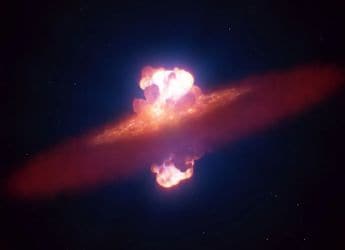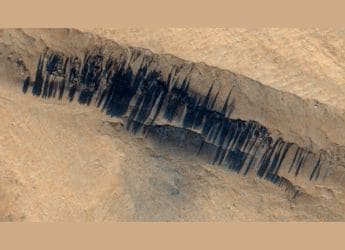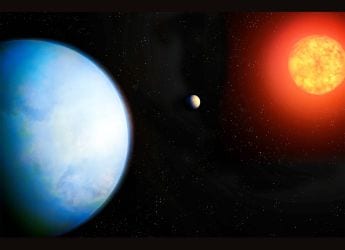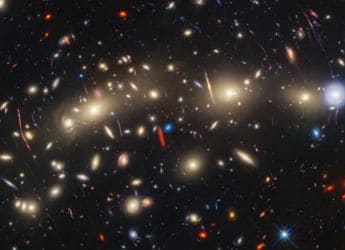- Home
- Internet
- Internet News
- NSA Intercepting User Images for Its Facial Recognition Programs: Report
NSA Intercepting User Images for Its Facial Recognition Programs: Report

The Times said documents, which were obtained from fugitive former US intelligence analyst Edward Snowden, show a significant increase in reliance on facial recognition technology at the agency over the past four years.
The report said the NSA was using new software to exploit a flood of images included in intercepted emails, text messages, social media posts, video conferences and other communications.
It cited leaked 2011 documents as saying the NSA intercepts "millions of images per day," including 55,000 "facial recognition quality images."
The images represented "tremendous untapped potential," according to the report, which said NSA officials believe advances in technology could revolutionize the way the agency finds intelligence targets.
"It's not just the traditional communications we're after: It's taking a full-arsenal approach that digitally exploits the clues a target leaves behind in their regular activities on the net to compile biographic and biometric information" that can help "implement precision targeting," a 2010 document quoted by the newspaper said.
The Times said it wasn't clear how many people, including how many Americans, had been caught up in the effort, but noted that neither US privacy laws nor US surveillance laws provide specific protections for facial images.
A NSA spokeswoman said, however, that the agency would be required to get court approval for imagery of Americans it collects through its surveillance programs.
The agency has been at the center of controversy over the scope of its global electronic surveillance program since they were first revealed by Snowden in June 2013.
The former intelligence contractor is in Russia, where he was granted temporary political asylum last year.
Get your daily dose of tech news, reviews, and insights, in under 80 characters on Gadgets 360 Turbo. Connect with fellow tech lovers on our Forum. Follow us on X, Facebook, WhatsApp, Threads and Google News for instant updates. Catch all the action on our YouTube channel.
Related Stories
- Samsung Galaxy Unpacked 2025
- ChatGPT
- Redmi Note 14 Pro+
- iPhone 16
- Apple Vision Pro
- Oneplus 12
- OnePlus Nord CE 3 Lite 5G
- iPhone 13
- Xiaomi 14 Pro
- Oppo Find N3
- Tecno Spark Go (2023)
- Realme V30
- Best Phones Under 25000
- Samsung Galaxy S24 Series
- Cryptocurrency
- iQoo 12
- Samsung Galaxy S24 Ultra
- Giottus
- Samsung Galaxy Z Flip 5
- Apple 'Scary Fast'
- Housefull 5
- GoPro Hero 12 Black Review
- Invincible Season 2
- JioGlass
- HD Ready TV
- Laptop Under 50000
- Smartwatch Under 10000
- Latest Mobile Phones
- Compare Phones
- Vivo Y500 Pro
- Realme GT 8 Pro Aston Martin F1 Limited Edition
- Huawei Mate 70 Air
- Moto G57
- Moto G57 Power
- Motorola Edge 70
- Moto G Play (2026)
- Moto G (2026)
- MacBook Pro 14-inch (M5, 2025)
- Asus Vivobook S16 (S3607QA)
- iQOO Pad 5e
- OPPO Pad 5
- Noise Diva 2
- Noise Halo 2
- Acerpure Nitro Z Series 100-inch QLED TV
- Samsung 43 Inch LED Ultra HD (4K) Smart TV (UA43UE81AFULXL)
- Asus ROG Ally
- Nintendo Switch Lite
- Haier 1.6 Ton 5 Star Inverter Split AC (HSU19G-MZAID5BN-INV)
- Haier 1.6 Ton 5 Star Inverter Split AC (HSU19G-MZAIM5BN-INV)
















